For better understanding of all these development and events surrounding the Tin Money issues, now, is better for us to read some of the significant messages written in brochure of Post Malaysia, issued in July 21, 2005 to commemorate the “ Malaysia-China” 600th Anniversary-China Relationships, 1405 – 2005, What Government of Malaysia commented :
“……This year marks the 600th of Admiral Zheng He’s first expedition to Malacca. Up till today, Malaysia regards China as a major trading and business partner and bilateral economic cooperation remains the cornerstone of Malaysia-China policy……..”
“ ….Evidence of early trade can be found in the form of tin coins used extensively by merchants. Later, imports and exports of Islamic ceramics and Nyonya ware in the 16th and 18th centuries respectively revealed that the connection between the countries had gone beyond economic and diplomatic relations – it has encroached into our custom and way of life…..”
“…Merchant Ships: Between 1405 and 1433, Admiral Zheng He commanded a fleet of 62 treasure ships and more than 100 other vessels to Malacca and 30 other countries in the South China Sea, Indian Ocean, Arabian and Mediterranean Sea. The ships carried crews of sailors, officers, translators, warriors , pilots, medicinal experts and craftsmen. Merchant ships also brought with them silk, porcelain ware, tea and gun powder for trading in exchange for local spices and other goods such as glassware, oils, textile cotton and fruits from South and West Asia……..”
“……Besides barter trading, coins and other money were extensively used in 15th century Malacca. Early Chinese merchants introduced tin animal money in the form of rooster, tortoise, fish and crocodile. During Zheng He’s trade missions to Malacca, cooper coins were issued and used by most merchants, but were subsequently replaced with tin which were mined and minted in Malacca……”
What Zheng He Imported To Malacca…..Tin Coins or Song Copper Money…..or minted locally, together with the neighboring States under the influence of Ming Emperor…..as its artistic designing skill, with Taoism and Buddhism totem, and its techniques of production and minting expertise of tin animal money, is highly impossible for locals to mint it…?
Are those “Zheng He Tin Coins” (should be classified as Song Copper Coins) be imported at early stage, only after shortage of its supply, then local mined tin were used and Song copper coins were replaced with 78% tin and 22% lead , density 7.703, as base metal for circulation in Melaka…or be minted by merchants from China in Melaka, or by local Chinese headman as private money, with various titles and designs based upon of northern Song Dynasty’s issued Chinese copper money…or…?
As what Professor Zhou Weirong ( Deputy Secretary General of China Numismatic Society cum director of China Numismatic Museum, People’s Bank of China) commented, “…. Those so-called Zheng He coins, should be categorized as one of the local currency of Melaka at that time, by the people of China, merchants or headman who issued for replacing those imported Song copper coins, due to its shortage, is quite a normal practices….”
Prof. Zhou further analyzed that: “….those animal money, especially of those small or medium size of tortoise, with Chinese lucky, prosperity and fortune characteristic and totem, also with that artistic workmanship, and high quality of calligraphy from Su-tong-po of Song Dynasty, is very rare to be seen so far….this may be the first of its kind we found from all animal coins in this world of today…..dating still needed to be further authenticated and studied…..”
Subscribe to:
Post Comments (Atom)
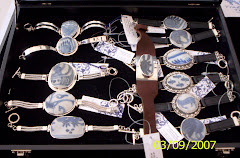


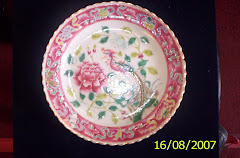


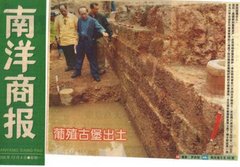
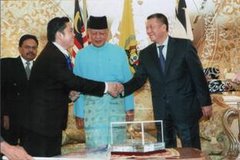
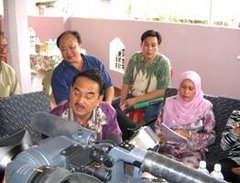

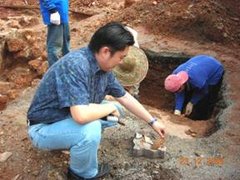
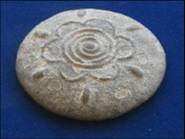

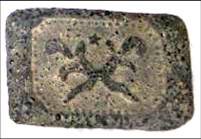

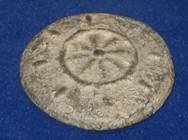
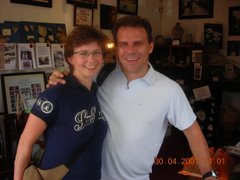
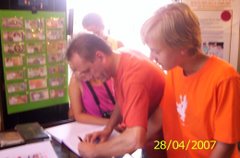
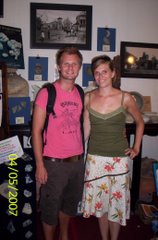
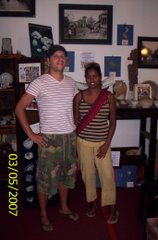
No comments:
Post a Comment